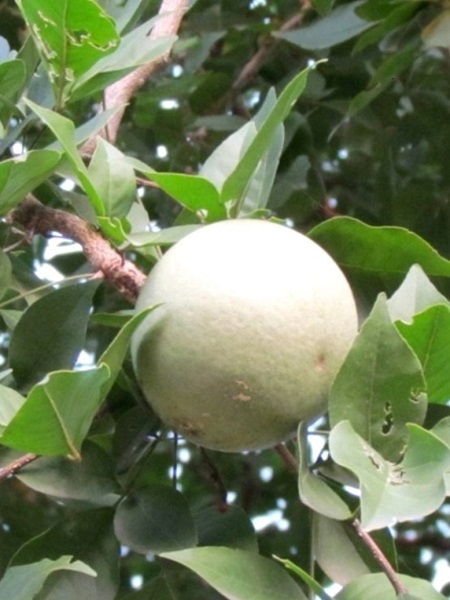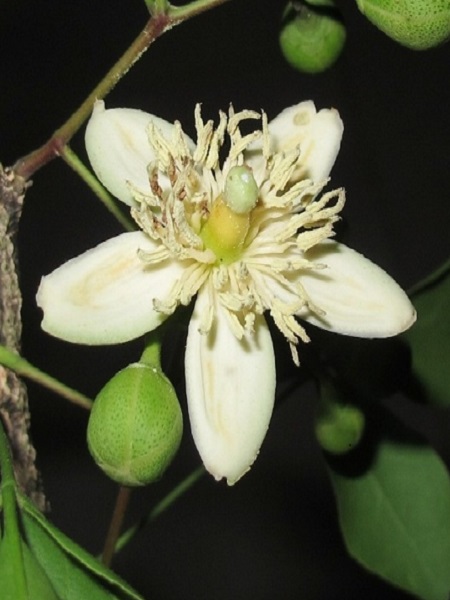
| Family | Rutaceae |
| English Name | Bengal quince, stone apple |
| Malayalam Name | Koovalam |
| Tamil Name | Ciripalam, alluram, vilvam |
| Kannada Name | Bilvapathre , bilapatri |
| Telugu Name | Bilva, bilvachettu |
| Hindi Name | Bael, sirphal |
| Sanskrit Name | Adhararuha, aritaki, asholam |
| Trade Name | Bael (or bili or bhel), Bengal quince, stone apple |
| Part Used | Fruit, leaves and root of bilva are used |
| In Wild | Yes |
| Under Cultivation | Yes |
| Temperature | 35-45°C |
| Rainfall | 174-200 cm. |
| Farmers | NA |
| Traders | NA |
| Institution | NA |
| Individually | NA |
| State/Region | NA |
| District | NA |
| Nursery Information | NA |
| Yield | NA |
| Economic of cultivation | Estimated cost of cultivation is about Rs 20,000 per hectare. The rate for a kg of fruit pulp ranges from Rs. 60-80. |
| Quantitative quality standards | Foreign matter: not more than 2% Ash: not more than 14.6% Acid insoluble ash: not more than 8% Ethanol soluble extraction: not less than 7% Water soluble extraction: not less than 13% |
| Description | NA |
| Agro technology/Cultivation practices | Planting-stock production Seed propagation: Bael is usually propagated by seed. The seedlings are not true to type and exhibit a lot of variability. It is, however, essential to raise seedlings for rootstock. The seeds do not have dormancy, hence fresh seeds are shown in June in a well prepared bed mixed with properly decomposed farmyard manure and sand. Seeds germinate within 3 weeks. The seedlings become ready for transplanting 7 weeks after budding. Seedlings are ready for budding after a year. The scion shoots should be selected from mother plants which are prolific bearers. Patch budding is ideal method with a 90% success rate. June –July is ideal time for budding. Field planting: Bael plants should be planted at a distance of 8m x 8m (budded plants) or 10m x 10m (seedlings). Pits of 90cm x 90cm x 90cm size are dug and filled with a mixture of top soil and 25 kg farmyard manure 6 cm from the ground level. Irrigate the pits to let the soil settle down. February-March or July-August is the right time for planting. Manuring/Fertilization: The plants benefit from application of Farm yard manure. Irrigation: Irrigation may be consider during non-rainy months (October –April). Pest and diseases: No serious pest are reported on wood apple. However, sooty mould has been noticed in commercial wood apple orchards which can be managed by spraying wet table sulphur. |
| Harversting | Fruits take about 11 months after fruit set to ripen on the tree. At this stage shell (peel) changes from deep green to light green and flesh (pulp) from light yellow to deep yellow. Ripe fruits, which are to be used for beverage making, should be harvested at ripe stage. Fruits are harvested individually from the tree. They should not be allowed to drop or fall on the ground otherwise a minor crack in the shell can cause spoilage during storage. After harvesting fruits are mostly packed in gunny bags or in baskets for transportation and marketing. Care should be taken while packing, transportation and marketing to prevent cracking. |
| Processing | NA |
| References | NA |

